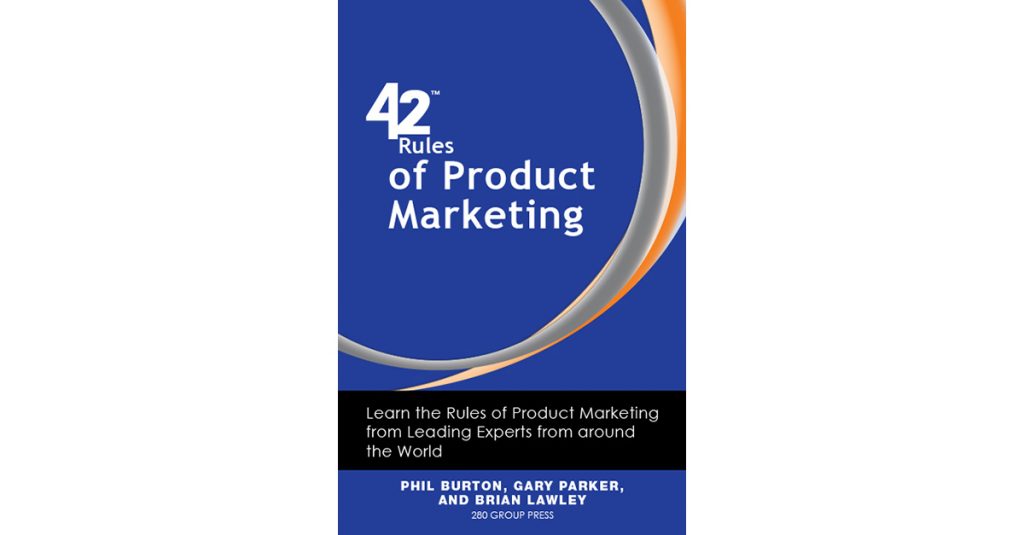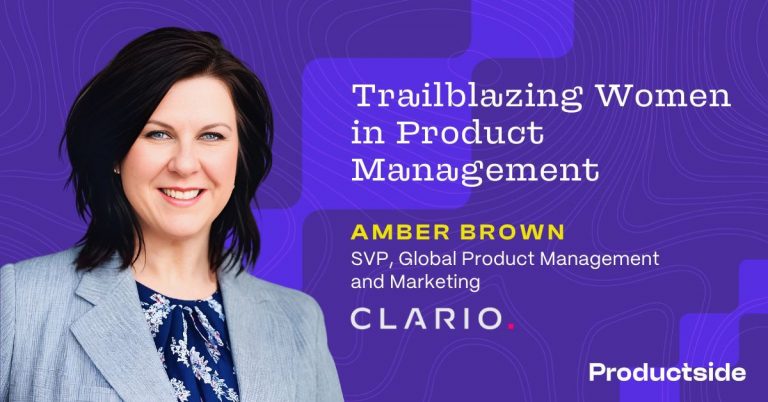
Product Marketing Rule #4 from the best-selling book, 42 Rules of Product Marketing, was written by Russell Gould, Director of Product Marketing at Guidance Software
To be relevant, content needs to follow the WIIFM (whiff ‘em) or “What’s In It For Me?” rule; don’t pound prospects with your messaging.
As a product marketer you’re responsible for your product’s success.
This means consistent revenue growth. While there are many success factors to growing revenue, demand generation is certainly a key component. Demand generation is not just about programs, events, sending emails, etc. It is about guiding potential customers through their journey toward purchase. Holistically, it leverages the marketing toolkit, not just one facet. It is essential to provide prospective customers the information they need throughout their buying cycle, not just the sales cycle.
Product marketers understand the sales cycle and associated funnel.
What most don’t realize is that there is also a marketing funnel. Working the marketing funnel is crucial to effective demand generation, particularly for complex selling cycles where 50 percent of the leads in year two come from prospects generated by the previous year’s marketing activities, even when the sales cycle is only six months long. This means that marketing needs to interact or “have a conversation” with prospective buyers for 12 to 24 months, even though the sales cycle is much shorter.
Successful demand generation is one-to-one marketing on a mass scale.
To accomplish this, you need software. There is now affordable software that automates the processes and everything marketing does to interact with prospective customers. Software provides the necessary qualitative and quantitative metrics the demand generation team needs to analyze and adjust; be much more scientific about the process.
Collaboration is essential. Don’t just ask for a webinar or another email to be sent; these are just random acts of marketing. Create a plan with the demand generation team that maps to the marketing funnel and addresses prospective customer needs across the buying cycle. In larger organizations, take a leveraged approach and collaborate with PMM peers to create top of funnel programs for multiple product lines, not just one.
To be relevant, content needs to follow the WIIFM (whiff ‘em) or “What’s In It For Me?” rule;
Don’t pound prospects with your messaging
It’s about them, not your product. This is basic marketing; however, time and time again marketing professionals forget this. Also, “It’s about them” doesn’t mean target segments; it means personalization to the individual, as noted in Rule 3. Developing buyer personas is not enough; the demand generation team needs to understand what is relevant to particular individuals. Classic assets such as white papers, buyer’s guides, etc., are important, however, the team also needs smaller, more consumable assets on very specific topics. We live in a Twitter world; a three-page paper on a specific topic instead of 10 pages on three topics will help your demand generation team learn what is relevant to that individual.
Less is more. Sending too much or asking too many questions increases the risk that prospects disconnect. Demand generation results increase with more specific individual information. What time of day do prospects want information, how frequently, via what medium, bulleted or paragraph
format? Until your marketing team better understands the individual, communicate less.
They need to deliver the right message, via the right medium, at the right time to the right person.
It must be easy for prospective customers to get the information they need.
Is all content behind gated forms? What paths do prospects go through to get the information they need? Is content customized to the individual? How considerate are you of their time? Do they have to fill out a form every time they come to your website for content? Do they get asked questions you already have the answer to?
Effective demand generation is a key component to your product’s success. While you don’t have to be a demand generation expert, you can provide leadership to your marketing team to have the right mindset and focus on the individuals that buy your product. Keep promoting this point home to your marketing team – your competitors are. Your product’s success depends on it!
Product Marketing Rule #4 from the best-selling book, 42 Rules of Product Marketing


